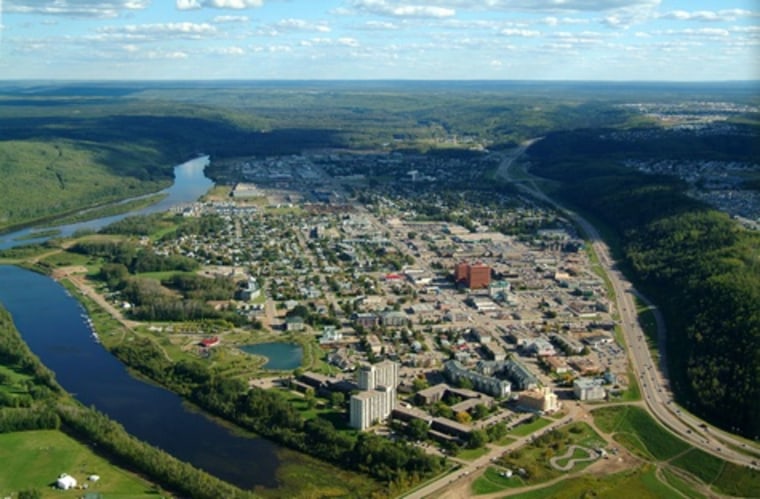Most of some 500 migrating ducks died after landing on a pond owned by oil sands company Syncrude Canada Ltd, officials said Wednesday.
Alberta Premier Ed Stelmach was visibly angry Tuesday as he questioned why noise-making cannons were not deployed to scare the waterfowl away from the pond filled with toxic oil sands wastes.
Company and government officials estimate there were roughly 500 birds trapped in the toxic pond in a disaster they said had never before been witnessed in the northern Alberta oil sands region.
The birds landed on the pond Monday.
Alberta Environment Minister Rob Renner said late Tuesday it was looking doubtful that many of the birds can be saved, and a ministry spokeswoman said Wednesday that most had died and only three had been recovered alive so far.
Renner explained that the surviving birds were diving under the toxic water when approached, making recovery nearly impossible.
"This is a tragedy and this is unacceptable and we're going to do everything within our power to find out why it occurred and more importantly, to prevent it from occurring again," Renner said.
Company: Snow delayed noise makers
A Syncrude statement late Tuesday afternoon said noise makers are used from spring to fall to deter birds from entering the ponds, but a recent heavy snowfall delayed the deployment of these devices.
"This is the first time a large flock of birds has landed on a settling basin in Syncrude's 30 years of operation," said the release.
A statement by Alberta Environment warned of possible fines of up to $1 million if Syncrude did not have equipment in operation to scare birds away from the toxic pond.
Stelmach said he is concerned that Syncrude did not report the incident and the government was alerted by a tipster who called Monday night.
"If something has happened of this sort, then we feel that the company is obligated to report to the minister of the environment," Stelmach said. "It's a condition of the license."
Garry Keller, a spokesman for Federal Environment Minister John Baird, said the department has asked Environment Canada enforcement officials "to take immediate action to investigate this serious matter, including whether any laws were broken."
Keller said federal officials would work in conjunction with the provincial investigation.
Ammo for U.S. opponents
This waterfowl disaster comes as Alberta Deputy Premier Ron Stevens is in Washington trying to convince U.S. lawmakers to ignore the view taken by several environmental groups that Alberta's oil sands projects have been developed at a huge cost to the environment.
Some U.S. lawmakers are drafting a bill to restrict imports of "dirty oil" that produce more greenhouse gas emissions than other sources. Environmentalists say that should include the synthetic crude produced from the tar-like bitumen in northern Alberta.
Stevens is trying to get the oil sands exempted from this law, but he has been dogged by environmentalists who took out an ad in a Capitol Hill newspaper that has the maple leaf oozing oil.
Alberta is home to vast reserves of oil sands, a tar-like bitumen that is extracted using mining techniques. Industry officials estimate the region could yield as much as 175 billion barrels of oil, making Canada second only to Saudi Arabia in crude oil reserves.
